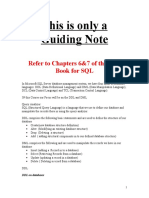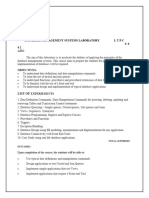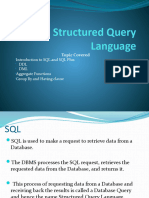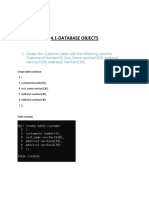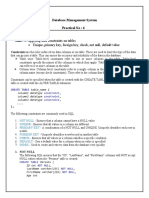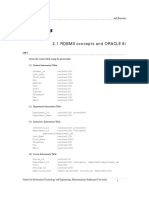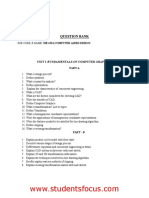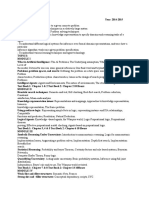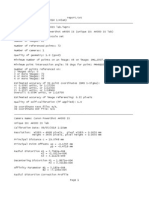0% found this document useful (1 vote)
57 views6 pagesCoit20247 - Database Design and Development: SQL (Creating Data Structures)
This document discusses SQL data definition language (DDL) commands for creating database tables and constraints. It provides examples of using DDL commands like CREATE TABLE to generate table schemas for a sample database with tables for customers, parts, orders and order lines. It also includes examples of adding, modifying and dropping columns from the customer table using ALTER TABLE statements.
Uploaded by
Rajat KansalCopyright
© © All Rights Reserved
We take content rights seriously. If you suspect this is your content, claim it here.
Available Formats
Download as DOCX, PDF, TXT or read online on Scribd
0% found this document useful (1 vote)
57 views6 pagesCoit20247 - Database Design and Development: SQL (Creating Data Structures)
This document discusses SQL data definition language (DDL) commands for creating database tables and constraints. It provides examples of using DDL commands like CREATE TABLE to generate table schemas for a sample database with tables for customers, parts, orders and order lines. It also includes examples of adding, modifying and dropping columns from the customer table using ALTER TABLE statements.
Uploaded by
Rajat KansalCopyright
© © All Rights Reserved
We take content rights seriously. If you suspect this is your content, claim it here.
Available Formats
Download as DOCX, PDF, TXT or read online on Scribd
/ 6






















